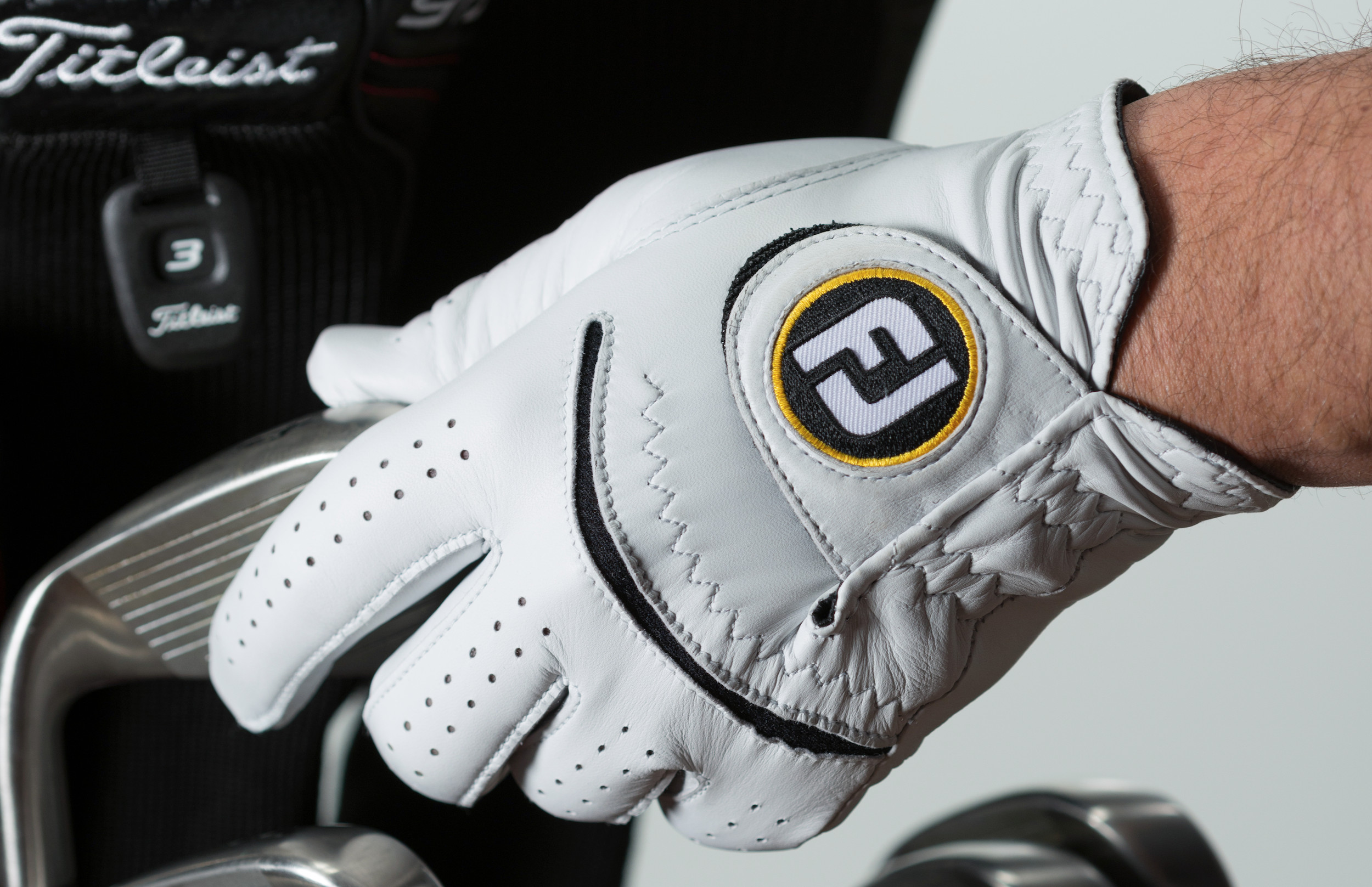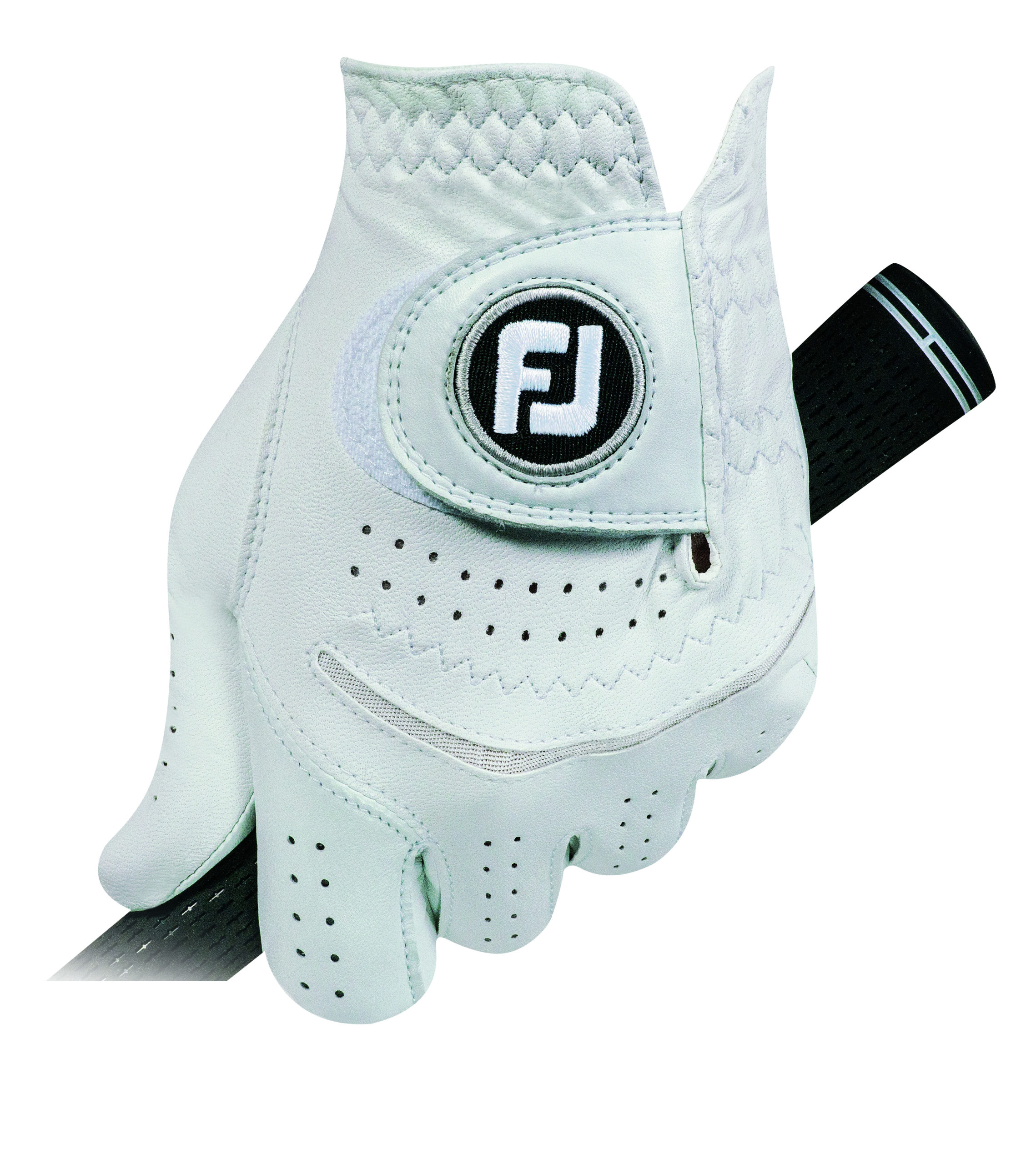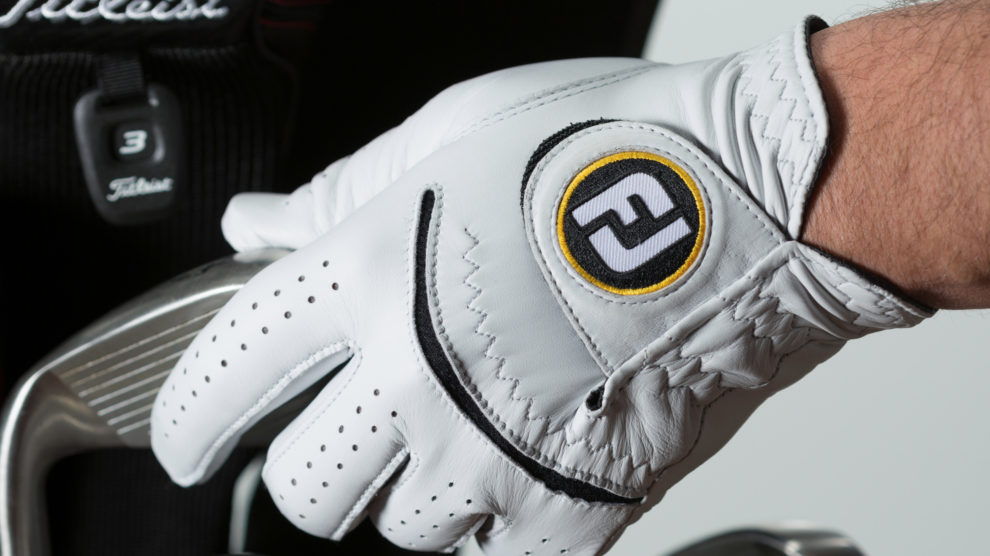I don't get the sense that a lot of people think really hard about the golf gloves that they buy. They're either loyal to a brand, or they're loyal to a price point, or they're loyal to a material. For a lot of golfers, it seems buying a golf glove is a grab-and-go purchase you'd just as well make a convenience store.
That shouldn't be the case.
Feeling comfortable on the golf course includes feeling good about your golf glove. No two golfers have the same hands, which means no two golfers have the same demands from golf gloves. Some prefer the feel of leather, while others look for something more breathable in a synthetic material. There are gloves for cold weather and warm weather. There are specialty gloves for playing in the rain.
And that's all before we get to sizing. Every cut is a little different for each manufacturer. Some gloves fit big, some fit small. There are cadet models and regular models.
A golfer should put some thought into what gloves they play and when. This season, I've been experimenting with different gloves from the FootJoy family of gloves, which they sent me at the outset of the golf season. Unfortunately, with the pandemic, I've only really been able to use the gloves since the springtime, but that's given me enough time to use each and give you the lay of the land when it comes to picking out gloves.
First, about me.
I wear a large glove -- sometimes an extra large glove -- on my left hand. I put on and take off my glove a lot, in between pretty much every shot. I don't chip or putt with my glove on my hand. In between shots, the glove is almost always in my back right pocket.
I like leather, but I prefer the performance of synthetic materials or blended gloves that mix leather and other materials. Since I'm not the best at taking care of gloves the proper way, leather gloves can dry out and rot on me within 15-20 rounds. Part of the motivation for usually buying synthetic gloves is they'll last longer with less conscious maintenance.

I started off wearing the StaSof glove. I've worn StaSof gloves in the past, and I like their texture. At $22 per glove, FootJoy uses what they call Advanced Performance Leather, which holds up better against moisture in a variety of conditions while resisting drying out and getting hard. The closure is sturdy, which is something I've never had to worry about with FootJoy gloves, either in terms of staying closed or not being big enough to fit the glove's actual size. Sometimes I'll get a large glove that has what feels like a medium closure, and then it feels too tight. Into the trash bin with that. The StaSof also has small sections of mesh perforation in the knuckle region to help with flexibility and breathability. The StaSof isn't going to go bad because of what you do when you play with it. It will go bad if you leave it in the rain by accident and then not do what you're supposed to do to keep its shape.
The TropiCool glove ($15) is more up my alley in terms of maintenance. I play golf in the mid-Atlantic, where our golf season is best known for how hot and humid it often is. I need a glove that can handle sweat and breathe well. The TropiCool is relatively lightweight, and even a few ounces helps with comfort. In the palm is what's called Nanolock Fiber, which is a synthetic material that kind of feels a little bit fuzzy with the idea that the fibers will form a bond with your hand and with your grip to offer a strong grip in any condition. I like most how the grip feels in my hand with the TropiCool gloves, with the fuzziness reminding me of the friction I need to feel in humid conditions. There's no worry about slipping when I use these, and they dry quickly from the punishment of a round. The bad news is the Nanolock Fiber discolors a bit more easily than leather, but I can't imagine most golfers expect their gloves to look pristine past the first round with them.

In between the StaSof and the TropiCool is the ContourFLX. It's $17 per glove, and it has classic Cabretta leather in the palm. It offers a classic feel in that regard. But on the back of the glove is a synthetic material called FiberSof, which is meant to feel comfortable, stretch out for a good fit and offer some breathability. An elastic cuff helps with comfort, while perforated mesh sections in the fingers deliver some comfort and prevent moisture build up. PowerNet mesh near the knuckles on the back of the glove get some air flow into the hands while improving the glove's flexibility. It's a best-of-both-worlds glove for golfers who want the feel of leather but don't need the whole glove to be leather.
The two specialty gloves FootJoy sent me -- the StaSof Winter and RainGrip -- haven't seen much action yet because it hasn't gotten cold enough yet for a winter glove, and I don't play a lot of golf in the rain because summer storms in the mid-Atlantic are almost always accompanied by a weather siren pulling me off the course.
That said, the StaSof Winter glove will be a new one for me. I've used different variations of FootJoy winter gloves over the years, so I'm excited to try the StaSof Winters ($50 per pair). These are constructed differently than the StaSofs, but the mission is the same in providing comfort and performance. Advanced Performance Leather is used on much of the glove, but CabrettaSof leather is used in the palm to help diffuse some of the discomfort that comes from gripping the club in cold weather. Fleece sits along much of the back of the glove to offer additional warmth, which is a good way to blend a traditional glove with some extra temperature control. There's still plenty of room to breathe for the gloves, which are sold as a pair.
The RainGrip gloves ($22) are also sold as a pair. As you might imagine, leather plays no role in this glove. It's all about keeping you dry enough to get through the round while delivering enough grip so clubs don't fly out your hands. In the palm is Autosuede material, which akin to the TropiCool, is there to deliver maximum grip in wet or humid conditions. On the back of the hand is what's called QuickDry knit, which is designed to help the hand breathe, get good air flow and keep air circulating to prevent the glove from becoming saturated (as best possible) during a rain storm. Honestly, I won't use a rain glove much, but this could be a great glove for the worst of summer conditions.
I think every serious golfer should know what kind of gloves they like, and they should invest in a good glove. Ratty, poorly made gloves cost more in the long run because you have to buy more of them, and the discomfort and lack of traction they offer makes golf less fun. Find the kind of glove you like, and stick with it. Then make sure you have specialty gloves at the ready for the unique situations in which you play.

